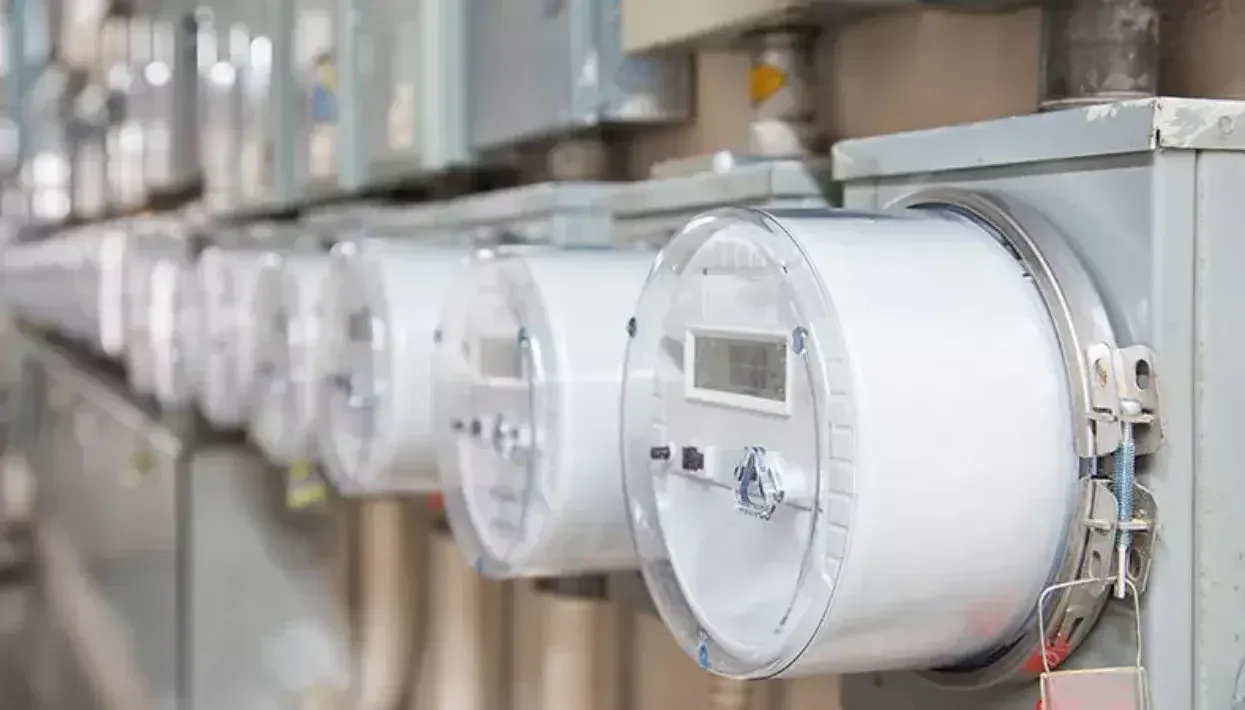Sustainability
Sustainability
Renewable energy: electrical sub-metering and your business
Author
FESPA Staff
Published Date
22/04/2022
Become a FESPA Member
to Continue Reading
